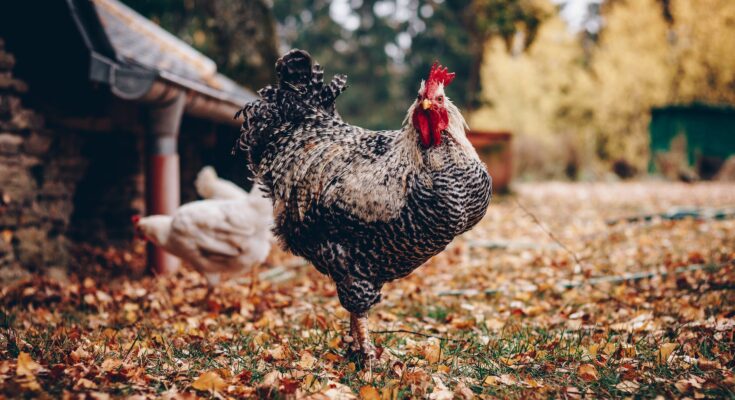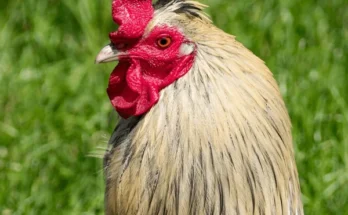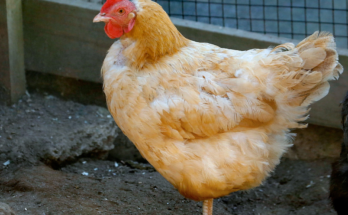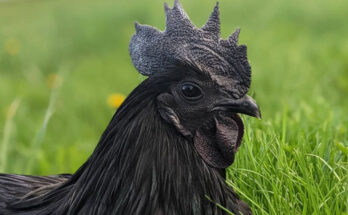Maximizing Egg Production: A Guide to the Highest Egg Laying Chicken
Are you considering raising chickens for their eggs? If so, finding the highest egg-laying chicken breeds is crucial for your success. Selecting the right breed can significantly impact your egg production and overall efficiency. In this blog post, we’ll explore some of the top chicken breeds known for their exceptional egg-laying capabilities, helping you make an informed decision for your poultry farming venture.
Characteristics of High Egg Laying Chickens
Understanding Egg Production in Chickens
Egg production in chickens is influenced by various factors including breed, age, diet, and environmental conditions. Hens typically start laying eggs at around 5-6 months old and continue to do so for several years. The frequency of laying can fluctuate due to seasonal changes and molting periods. To optimize egg production, it’s essential to provide chickens with a balanced diet, sufficient water, comfortable nesting areas, and adequate daylight exposure.
Highest Egg Laying Chicken Breeds
Several chicken breeds are renowned for their exceptional egg-laying capabilities. Popular high-production breeds include the Leghorn, Rhode Island Red, Sussex, and Australorp. These breeds are favored by farmers and backyard poultry enthusiasts for their consistent and prolific egg-laying tendencies. When selecting chickens for egg production, it’s essential to consider the specific requirements and climate conditions of your region to ensure optimal results.
 Photo by Berend de Kort
Photo by Berend de Kort
 Photo by Klaus Nielsen
Photo by Klaus Nielsen
Factors Affecting Egg Laying in Chickens
Environmental Factors
Egg production in chickens is significantly influenced by environmental conditions. Factors such as temperature, lighting, and ventilation play crucial roles in maximizing egg laying. Chickens thrive in moderate temperatures, typically between 50-68°F, and they require adequate lighting to simulate natural daylight patterns. Additionally, well-ventilated coops ensure optimal air quality, fostering a conducive environment for consistent egg production. Your chickens will be much happier and become the best egg laying chicken they can possibly be. If you need more details, you look at this guide which outlines ways of keeping your hens healthy to maximise their production.
Nutritional Considerations
Nutrition is a cornerstone of robust egg laying in chickens. A well-balanced diet comprising essential nutrients such as protein, calcium, and vitamins is imperative for sustained egg production. Protein-rich feeds, including soybean meal and fishmeal, contribute to the development of strong eggshells and promote overall reproductive health. Calcium supplements are also vital for maintaining strong skeletal structure and enhancing eggshell integrity.
 Photo by Alex Kinkate
Photo by Alex Kinkate
Health and Genetics
The health and genetic makeup of chickens are fundamental determinants of their egg laying capacity. Regular veterinary care, disease prevention measures, and vaccination protocols are essential for maintaining optimal flock health. Furthermore, selective breeding for desirable genetic traits, such as high egg production and reproductive efficiency, contributes to the establishment of resilient and prolific egg-laying strains.
These factors collectively underscore the intricate relationship between environmental conditions, nutrition, and genetics in driving the egg laying potential of chickens. Achieving an optimal balance across these domains is imperative for ensuring consistent and abundant egg production (through high quality breeding).
Selecting the Best Breeds for High Egg Production
When selecting chicken breeds for high egg production, it’s crucial to consider various factors such as egg output, adaptability, temperament, and maintenance needs. Below are the top breeds known for their exceptional egg-laying abilities and essential considerations for selecting the right breed. Certain breeds are naturally better than others, with higher egg output. Here you will find the highest egg laying chicken breeds
Top Chicken Breeds for Egg Laying
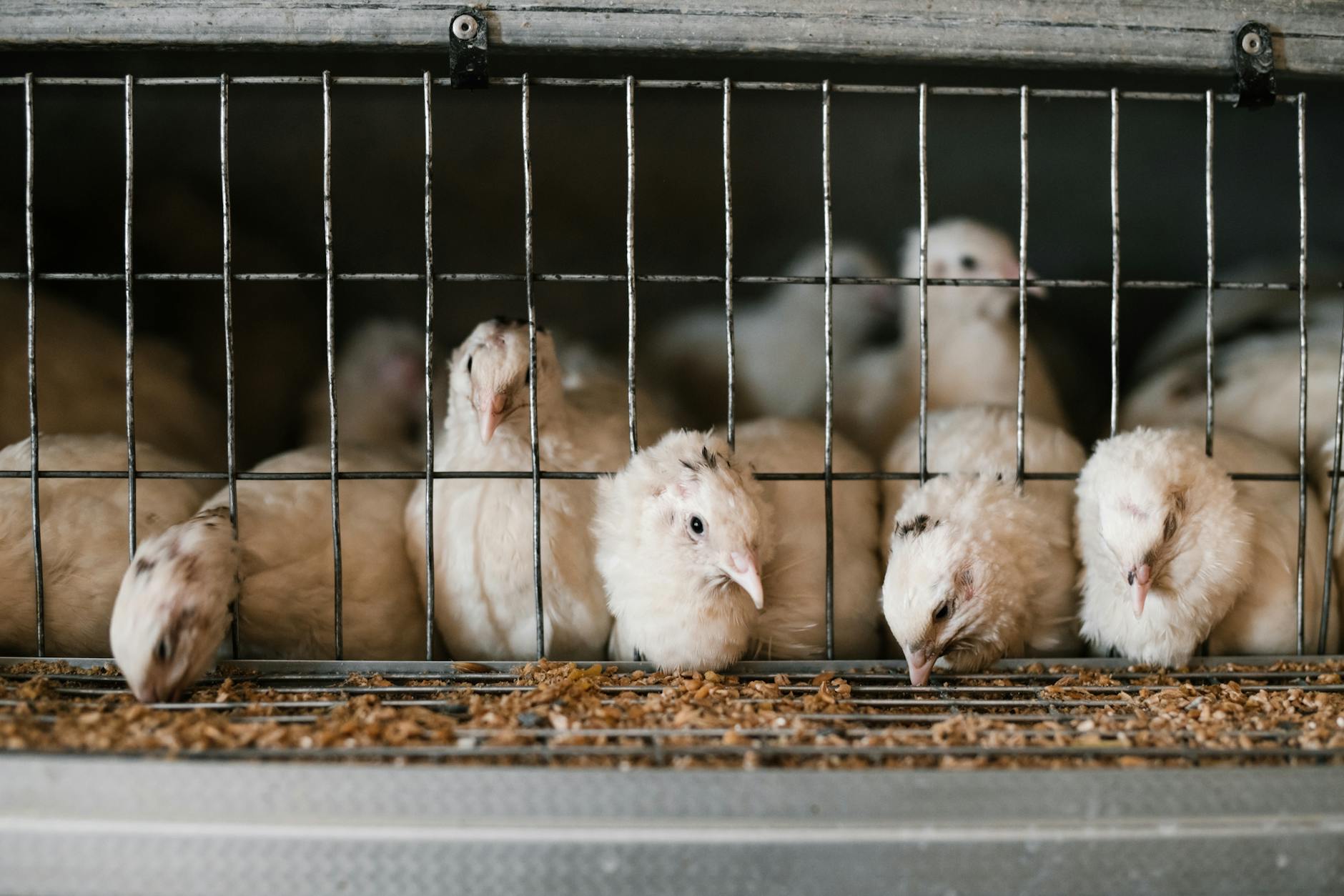 Photo by ArtHouse Studio
Photo by ArtHouse Studio
- Leghorn: Known for their prolific egg-laying, Leghorns are prized for their white eggs and can lay up to 280-320 eggs annually. They are low-maintenance and adaptable to various climates. This breed is known to be one of the highest egg laying chicken breeds on record.
- Rhode Island Red: Recognized for their brown eggs, Rhode Island Reds are reliable layers, producing around 200-300 eggs per year. They are also valued for their friendly demeanor and resilience.
- Sussex: Sussex chickens are efficient layers of light brown eggs, averaging about 250-280 eggs annually. They are well-suited for free-range environments and are known for their gentle nature.
Considerations for Selecting the Right Breed
 Photo by ArtHouse Studio
Photo by ArtHouse Studio
- Climate Adaptability: Consider the breed’s ability to adapt to your specific climate. Some breeds are more suitable for colder regions, while others thrive in warmer climates.
- Space and Environment: Evaluate the available space and environment for your chickens. Certain breeds are better suited for free-range systems, while others can thrive confined in smaller coops.
- Temperament: Assess the temperament of the breed, especially if you have children or other pets. Some breeds are known for their docile nature, making them suitable for family settings.
- Egg Color and Size: Take into account the egg color and size preferences, as different breeds produce eggs of varying colors and sizes. This can add diversity and visual appeal to your egg collection.
Ensuring the right match between the breed and your specific requirements will set the stage for a successful and productive egg-laying venture.
Best Practices for Maximizing Egg Production
For optimal egg production, ensuring the well-being and comfort of the chickens is essential. This involves providing suitable housing and nesting conditions, adhering to proper feeding and nutrition guidelines, and implementing comprehensive health and veterinary care. Regardless if your chick is one of the highest egg laying chicken breeds, if they aren’t healthy, they will massively under produce.
Optimal Housing and Nesting Conditions
Creating a conducive environment for egg-laying chickens is crucial for maximizing production. The chicken coop should offer ample space, protection from predators, natural light, and appropriate ventilation. Additionally, incorporating comfortable nesting boxes with clean bedding promotes a sense of security and encourages regular egg-laying.
 Photo by Ruslan Alekso
Photo by Ruslan Alekso
Feeding and Nutrition Guidelines
A balanced and nutritious diet is fundamental for sustaining high egg production in chickens. Providing access to quality feed, abundant fresh water, and occasional enrichment treats, such as fruits and vegetables, supports overall health and egg quality. It’s important to monitor the feed quantity, ensuring each chicken receives adequate nutrition to support consistent egg-laying.
 Photo by FOX
Photo by FOX
Understanding Egg Laying Cycles and Patterns
Egg production in chickens is influenced by various factors and understanding the cycles and patterns can help maximize yield.
Peak Egg Production Periods
Chickens typically have peak egg-laying periods during the spring and summer months when daylight hours are longer. This increase in natural light stimulates the production of eggs, with hens laying more frequently during these seasons. It’s essential to be aware of these peak periods to anticipate high production and adjust management practices accordingly.
Factors Affecting Egg Laying Cycles
Several factors can influence the egg-laying cycles of chickens. These include genetics, age, nutrition, and environmental conditions. Certain breeds are genetically predisposed to lay more eggs than others, while younger hens generally have higher production rates. Nutrition also plays a crucial role, as hens require a balanced diet to maintain consistent egg production. Furthermore, environmental factors such as temperature, lighting, and stress levels can impact laying cycles. Ensuring this is right will maximise egg production output
 Photo by Klaus Nielsen
Photo by Klaus Nielsen
Tips for Maintaining High Egg Production
Maintaining high egg production in chickens requires a combination of daily care, regular maintenance, and diligent monitoring. By implementing effective practices, poultry farmers can ensure optimum egg yields. Take note of these, as the highest egg laying chicken breeds require care and facilitation to maximise their output in egg laying.
Daily Care and Maintenance
Daily care and maintenance are crucial for sustaining high egg production in chickens. Ensure that the coop is clean and well-ventilated, offering a comfortable and stress-free environment for the birds. Providing a nutritionally balanced diet, fresh water, and adequate space for exercise and rest are essential for the health and productivity of the flock. Regularly inspect the flock for signs of illness, injury, or stress, and promptly address any issues that may arise. Implementing a routine for cleaning and sanitizing the coop and nesting areas helps to minimize the risk of disease and maintain a hygienic environment conducive to egg-laying.
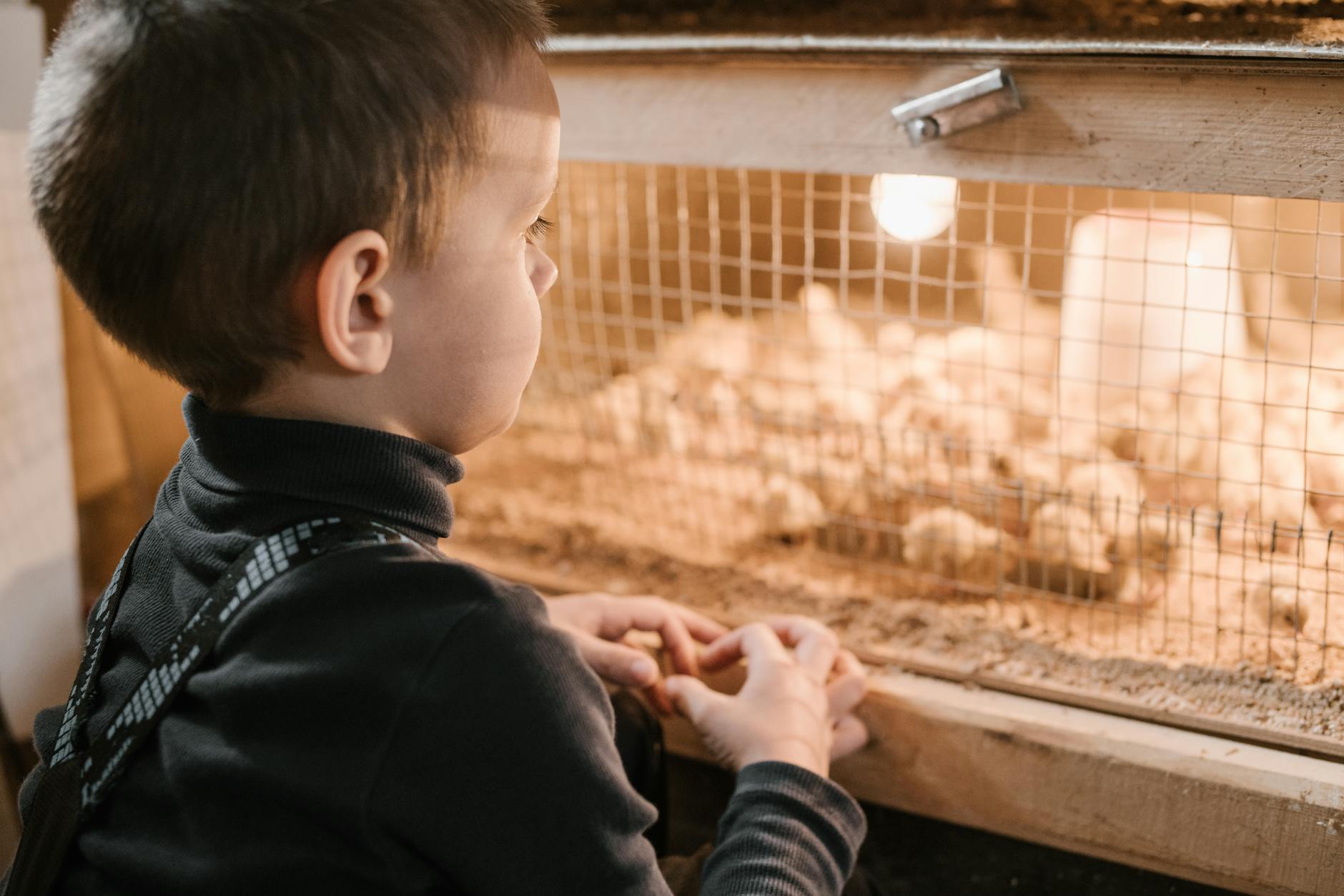 Photo by ArtHouse Studio
Photo by ArtHouse Studio
Monitoring and Record-Keeping
Monitoring the chickens’ egg production, behavior, and overall health is essential for identifying patterns and potential issues that may affect productivity. Keep a detailed record of daily egg counts, noting any deviations from the expected output. Regularly observe the chickens’ behavior, feed consumption, and physical condition to detect any changes that may signal underlying problems. Additionally, maintain records of the flock’s vaccinations, medications, and any interventions undertaken to address health or performance concerns. By diligently monitoring and keeping comprehensive records, farmers can make informed decisions to optimize the flock’s productivity and well-being.
 Photo by Kirsten Bühne
Photo by Kirsten Bühne
Conclusion
In conclusion, choosing the highest egg-laying chicken breeds can significantly impact egg production on your farm. By selecting breeds such as the Leghorn, Rhode Island Red, or Sussex, you can ensure a steady supply of eggs for your business or household. Understanding the specific needs and characteristics of these breeds will enable you to make informed decisions when establishing or expanding your chicken flock. Ultimately, focusing on high productivity breeds will contribute to a more efficient and profitable egg-laying operation.
